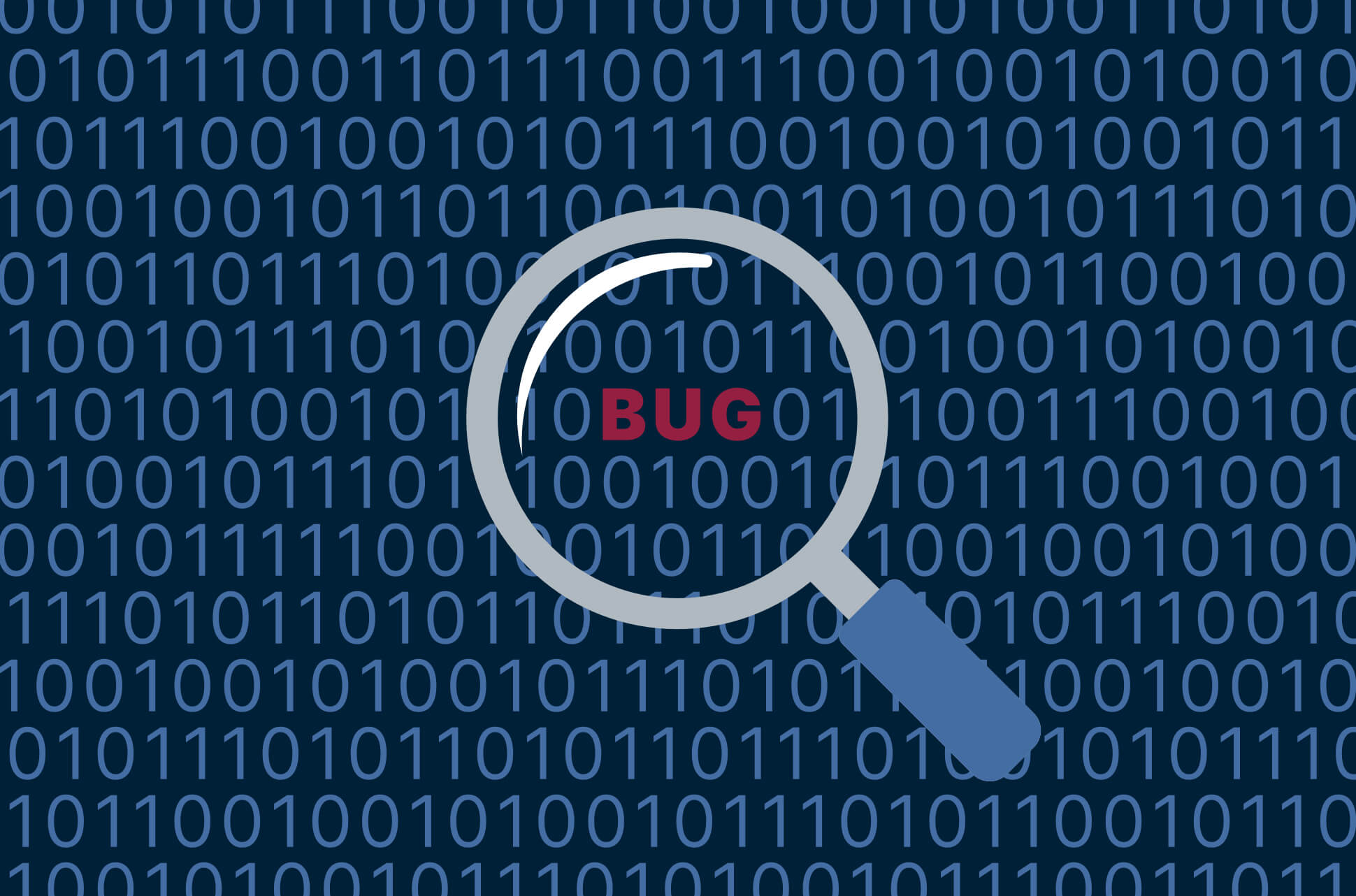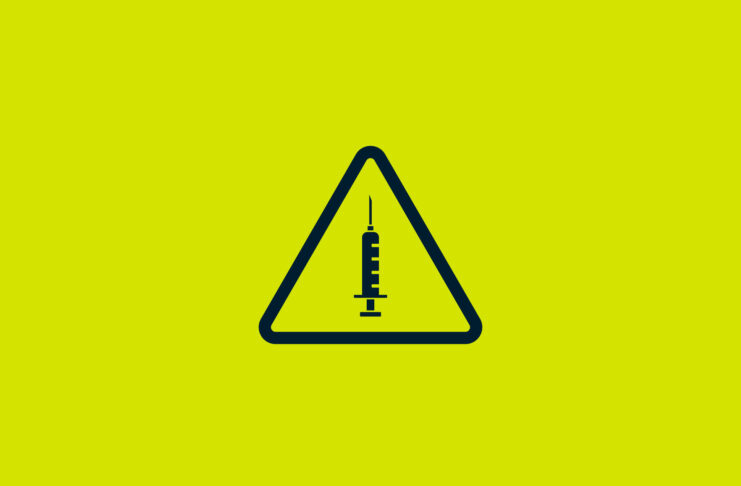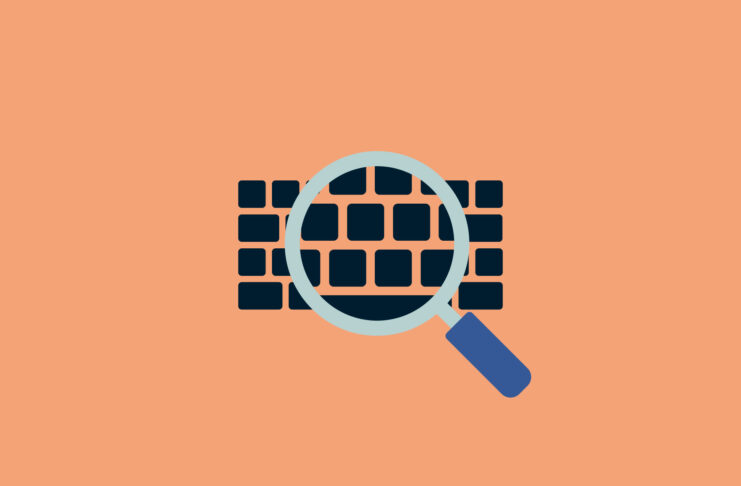Wonder what sort of surveillance your city has? There’s a map for that.
The Electronic Frontier Foundation (EFF) has launched the “largest-ever” searchable database of police use of surveillance technologies, including facial recognition, drones, and body cameras.
Called The Atlas of Surveillance, the publicly searchable map was built by over 500 researchers from the Reynolds School of Journalism at the University of Nevada, collecting publicly accessible information about surveillance technologies from news articles, press releases, government agendas, and social media.
[Keep up with the latest in technology and security. Sign up for the ExpressVPN blog newsletter.]
With over 5,000 data points across 300 jurisdictions, here’s what we learned from the Atlas’s dataset. Not only can you download it freely from its website and filter by state, city, and technology, the project is open-sourced in nature and people are free to contribute.
1. Surveillance is everywhere
Before even touching the filters, the map already provides a chilling view of just how congested street-level surveillance in the U.S. is, especially in urban areas along the coastlines.

Many states on the east coast are not even visible on the map due to the sheer number of surveillance tech used in those states. It appears that wherever you go in the U.S. your physical location is tracked by default.
2. Florida holds over 70% of the country’s facial recognition technology
Out of the 360 places facial recognition tech used in the U.S., 259 are in Florida, which makes sense once you learn that Florida has no laws regulating its use by police. According to the sources backing the data, Florida’s Face Analysis Comparison & Examination System (FACES) scans millions of mugshots and driver’s licenses roughly 8,000 times a month with no oversight into why each scan is made.
3. There are over 130 “law enforcement tech hubs” processing “real-time surveillance data”
138 Real Time Crime Centers (RTCCs) and fusion centers work to analyze surveillance and intelligence in real-time and share that intelligence with local and federal law enforcement.
While RTCCs operate on a local level, fusion centers act as a collection hub for government agencies focused on collecting intelligence on criminal activities. Since their introduction in 2014, fusion centers have been “gathering, analyzing and disseminating intelligence and other public safety information” for agencies like the NSA to surveil citizens en masse without significant oversight.
There are 79 fusion centers across the country (including one in Guam, if you zoom out far enough on the map).
“Surveillance isn’t always secret. It just needs to be aggregated.”
It’s always good to be reminded that much of the surveillance that happens in our communities and cities is done in plain sight, and written about in similarly shameless fashion. As the Atlas’s tagline points out, the data is out there, it just needs to be collected, and visualizing it on a map shows just how close-to-home these surveillance technologies really are.
Research on street-level surveillance is still being conducted, so if you want to contribute to adding data to the project, either in your own city or another, you can do so.



























I need use